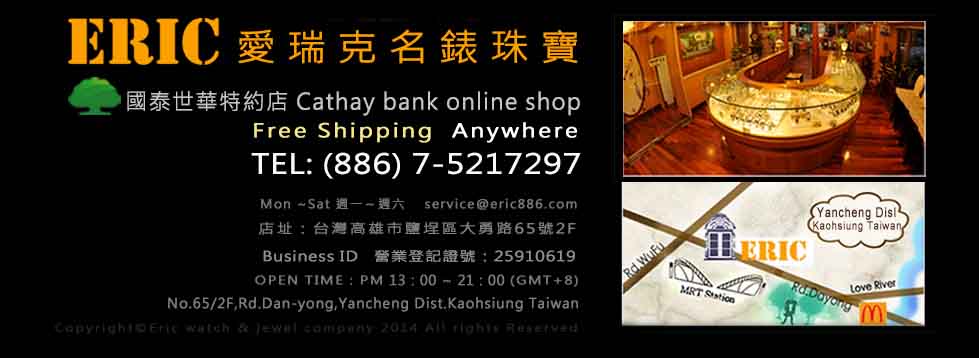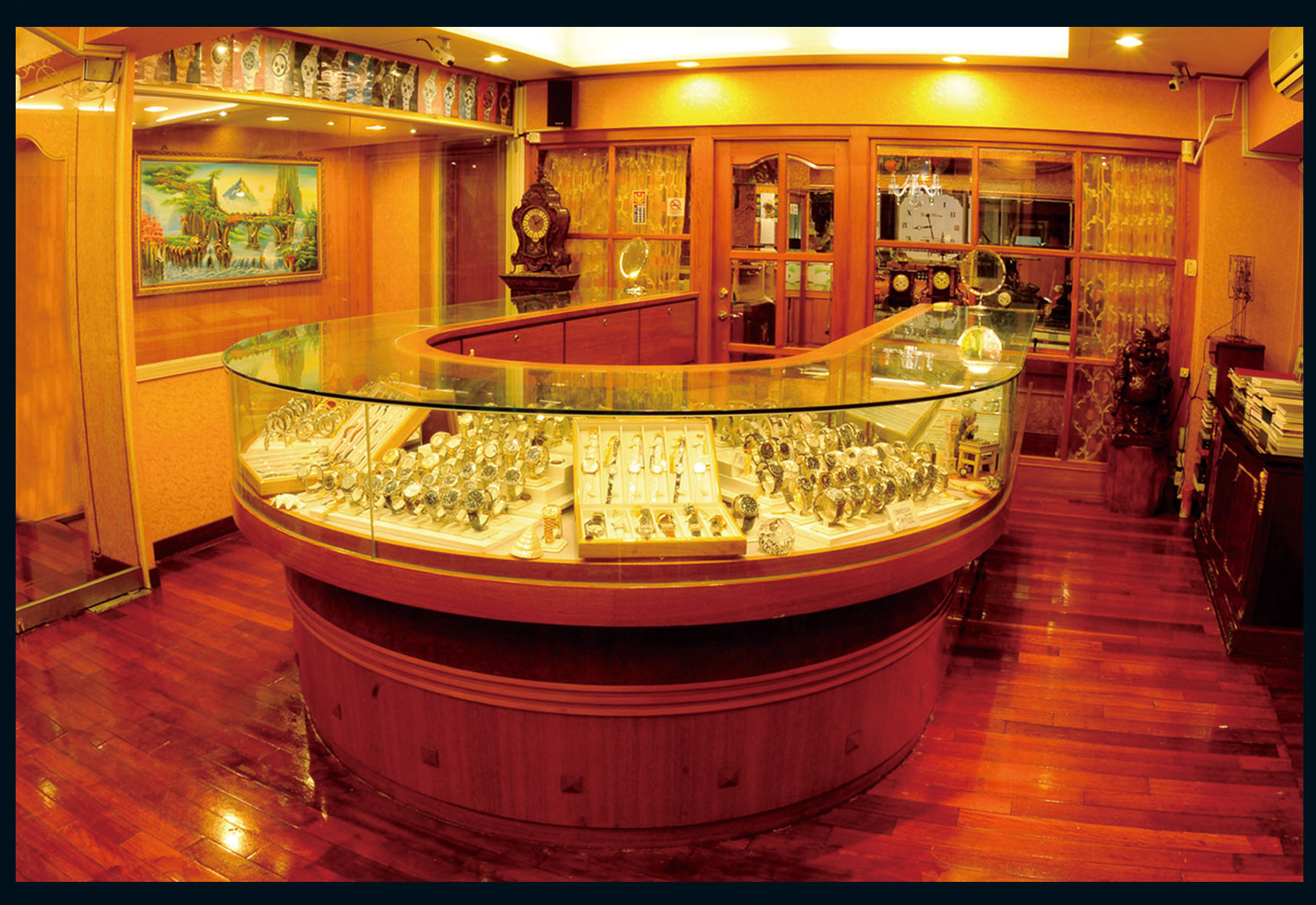
- Welcome, ( Log in )
- Your Account
- Cart: (empty)
Search
Cart
Block link
About Crystal glass
All of our products imported are handcrafted and are unique works of art.
We employ the latest technology to improve the manufacturing process of Bohemia crystal and traditional Venetian glassmaking technology, along with gilding to produce high quality gilded crystal utensils. The (Tengle) family in the Czech Republic is the only one with this technology. During the socialist era in the Czech Republic, this technology was handed down generation after generation by this small family factory. After the regime change, the (Tengle) family was able to combine their unique manufacturing process with natural materials and resources of the Czech Republic and has become the primary supplier of traditional Bohemia crystal glassware today.
The unique technology for producing glass has existed for over 1000 years. About 400 years ago, this technology reached a record high. Due to the central geographical position of Bohemia, and the spectacular style of its glass, people tend to believe producing glassware is a part of legendary alchemy. Alchemists were constantly in pursuit of technology that could turn base metal into gold, and their experiments contributed to the existence of stained glass and molten gold. Transparent crystal containers and shiny golden patterns were decorations that ancient royal families and nobles fought for, and were also heirlooms showing fortune and status.
In comparison to general glass products, the features of crystal lie in its almost spotless transparency and brightness, and high refractive power. However, not all crystal is the same as the weight, colour, and brilliance depend on its composition, proportion of materials, and the technology used to produce it. Such product manufacturing details transferred through experience are top trade secrets of every company. The highly skilled handcrafted painting and gilding techniques have made the Czech Republic become the primary source for crystal utensils and lamps. The weight of a crystal product is much heaver than a glass product with the same volume,and the manufacturing process is very complex. The materials and features of crystal mean it can be cut and sculpted to create a lot of spectacular art. In Europe, many museums and ancient castles have large collections of crystal. When you tap a crystal product, you can hear crisp and long high vibratos; however, when you tap a glass product, you hear a comparatively muffled, short, and low sound.
The gilding on the edge of a glass is painted with liquid gold. This liquid gold doesn't contain cyanide nor mercury, and is a complex organic solution of gold. Technicians carefully paint the patterns using brushes, which require a lot of experience in order to prevent bubbles or uneven layers. After continuous brushing, the entire liquid gold surface will merge to create a smooth surface.
As the saying goes, 'True gold fears no fire'. After decoration, utensils need to be sent into a computer-controlled kiln, and be heated at a high temperature and baked for 16 hours. At a lower temperature, organic liquid steadily evaporates, while at a higher temperature, a gold chlorine compound turns into 24k pure gold. It will reach the highest point at around 600°C and needs to be cooled down slowly. If it is cooled down too quickly, cracks will immediately form, which will destroy precious material and intricate handicraft. After being cooled down, the crystal utensils will be examined one by one by workers. If there is any unevenness, the utensils will be re-painted with gold liquid. Sometimes it needs to be baked and painted again to overcome the imperfection. Hence, the product you receive actually has multiple layers of gold painting.
Our competitors usually have one manufacturing process to complete all of the necessary procedures via assembly lines in a continuous process, and only bake the glassware once. However, our factory utilizes a multi-baking process and relies on careful examination and repainting. Repetitive baking can contribute to creating the best products. Every product needs three to eight cycles of painting and baking. As a result, the golden decoration on our products have a higher purity of gold composition and more brilliant colouration compared to products of other companies!
Liquid bright gold
Liquid bright gold has been used historically as paint for pottery and porcelain to add a golden luster. It is mainly composed of auric sulfide complex compounds. In order to increase the adhesion and heat resistance of an auric film, rhodium, bismuth, and chromium are usually added to become balsam (which contains benzoic acid and cinnamic acid) or resinate. It is then diluted with solvent, and applied to the surface of pottery or porcelain with brushes. When it is dry, the pottery or porcelain will be baked at 700°Cto 800°C. Liquid bright gold is a metallic film with excellent adhesion, and the resultant colour is impressive. In recent years, apart from pottery and porcelain, it has also been widely used in the electronics industry.
Liquid bright gold is mainly composed of auric sulfide complex compounds made from essential oils such as lavender oil, and sulfides (complex compounds are metallic ions bonded with ligands). By combining it with gold trichloride, gold balsam R•CH2•SAu can be made (which has high solubility in hydrocarbon, hence the low baking temperature). Among their components, N.W gold and vanish gold contain more than 20% of gold. Vanish gold is also called powder gold, or mat gold. This kind of gold is in powder form, and it becomes a thick and mat film after processing. The brilliance produced after polishing is ideal for premium products.
Liquid bright gold can be used in a variety of areas. The most commonly used product is called pure gold, which has a purity of nearly 100%. However, the standard varies in different periods of time and places. In general, in the international market, if the purity of gold reaches 99.6%, it can be called pure gold. In fact, in addition to glass, pottery, porcelain and other decorations, its ability to form an auric film has been used recently for other application. For example, for lamps with strong reflective ability ,infrared devices,or printed circuits with high conductivity, resistance, IC, and so on.
Liquid bright gold has a diverse range of colours in addition to golden. When combined with different compounds, an assortment of different colors can be achieved.




